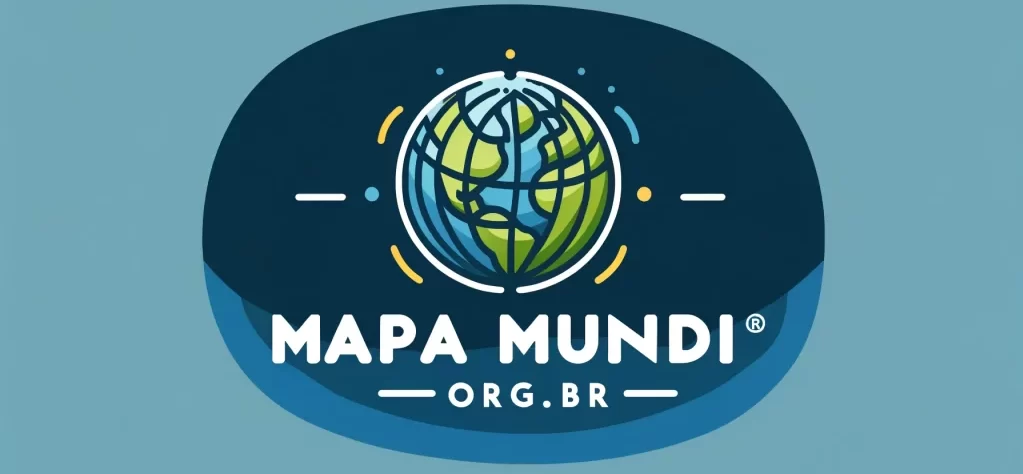
A guerra entre Rússia e Ucrânia já ultrapassou a marca de seis meses e, tudo indica, ainda terá um longo tempo até que encontre a paz. Isso ocorre porque os avanços militares estão cada vez mais entrincheirados, lembrando os lentos movimentos que ocorreram na II Guerra Mundial. A alternativa para um possível fim mais abrupto para o conflito estaria na possível utilização de armas atômicas.
Até o momento não parece provável que a Rússia utilize armas atômicas. No entanto, só a existência dessa possibilidade já deve abrir nosso olhar sobre algumas questões mais estruturais do mundo atual: qual o potencial de destruição acumulado no mundo? Como podemos controlar tanto esse potencial quanto o próprio uso?
As armas atômicas são classificadas dentro de um grupo maior chamado de Armas de Destruição em Massa, que também contemplam as armas radiológicas, químicas, biológicas e outras capazes de impactar um grande número de pessoas de uma só vez.
Se hoje estamos falando do possível uso de armas atômicas, não podemos silenciar sobre todas as demais armas esperando que chegue um conflito com potencial de uso para então ficarmos tensos na expectativa de possível uso.
A primeira vez que o mundo concordou com a necessidade de controlar tipo de armamentos aceitáveis numa guerra foi em 1925, com o lançamento do Protocolo de Genebra que tinha por objetivo banir o uso de armas químicas e biológicas. Alguns outros acordos foram celebrados desde então, mas três deles merecem destaque:
- Convenção para a Proibição de Desenvolvimento, Produção e Estoque de Armas Bacteriológicas e Tóxicas, também conhecida como Convenção de Armas Biológicas (1972): o acordo encontra-se paralisado, ainda que haja a concordância sobre a necessidade de se fortalecer a Convenção. Os Estados signatários não chegam a um acordo de como deve ser feita sua implementação, além de não existir uma estrutura institucional ou mesmo um secretariado que consiga fazer as discussões avançarem. Assim, o resultado é que não existe um órgão que seja responsável pela verificação do cumprimento do que está previsto, abrindo espaço para acusações sem que haja efetivamente uma instituição mais neutra capaz de encaminhar a questão. [para mais informações sobre a Convenção, veja em https://www.gov.br/defesa/pt-br/assuntos/relacoes-internacionais/foruns-internacionais-1/tratados-e-regimes#:~:text=seus%20cinco%20protocolos.-,Conven%C3%A7%C3%A3o%20para%20a%20Proibi%C3%A7%C3%A3o%20de%20Armas%20Biol%C3%B3gicas%20e%20Tox%C3%ADnicas%20e%20sua%20Destrui%C3%A7%C3%A3o%C2%A0,-A%20Conven%C3%A7%C3%A3o%20para)
- Convenção de Armas Químicas (1992): estabelece as regras para abolir a produção e uso de armas químicas. É um avanço importante em relação à Convenção de 1925 porque lá se proibia o uso, mas não a fabricação. Esse acordo se mostra mais impactante na medida em que efetivamente há o esforço de controle sobre o que se previu. No caso brasileiro, cabe ao Ministério da Ciência e Tecnologia o acompanhamento e o envio de informações sobre instalações produtoras, consumidoras, processadoras, importadoras e exportadoras de produtos químicos previstos na Convenção. Essas informações são regularmente enviadas à Organização para a Proibição de Armas Químicas.
A Convenção de Armas Químicas se mostra mais eficaz do que a Convenção de Armas Biológicas justamente por sua capacidade institucional, ou seja, pela existência de uma organização internacional capaz de acompanhar a observância do que foi acordado a partir de protocolos estabelecidos. Tal qual ocorre com as armas atômicas, é fundamental que as demais armas de destruição em massa também ganhem relevância nas agendas internacionais. É preciso aumentar a participação de agentes internacionais nessa discussão, sob o risco de tanto ocorrer o seu uso sem que consigamos elementos para combater, quanto de acusações sem comprovação internacional que possam levar ao aumento de tensões em conflitos latentes e existentes.
Pós-Doutor em Competitividade Territorial e Indústrias Criativas, pelo Dinâmia – Centro de Estudos da Mudança Socioeconómica, do Instituto Superior de Ciencias do Trabalho e da Empresa (ISCTE, Lisboa, Portugal). Doutor em Relações Internacionais pela Universidade de Brasília (2007). É Diretor Executivo do Mapa Mundi. ORCID https://orcid.org/0000-0003-1484-395X
